
Luxembourg, officially the Grand Duchy of Luxembourg, is a tiny landlocked country of around 2500 square km and a population of under 650,000.
This makes it both one of the smallest and least populated countries in Europe.
It borders Belgium (west and north), Germany (east) and France (south).
Luxembourg’s recorded history dates back to Roman times but the modern day version is considered to begin in 963. The House of Luxembourg was a royal family that ruled in and around the region for centuries.
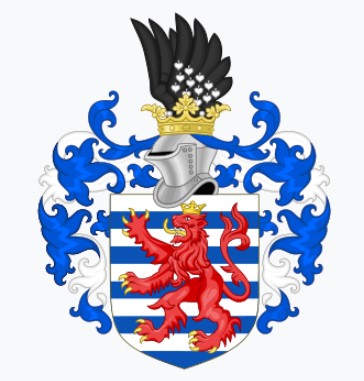
There is evidence of primitive inhabitants dating back to the Paleolithic or Old Stone Age over 35,000 years ago. The first real evidence of civilisation is from the Neolithic or 5th millennium BC, from which evidence of houses has been found.
Originally, the City of Luxembourg was originally built in the mid 10th century as a small fort (the castle). It was built on a steep rocky outcrop at the junction of the Alzette and Pétrusse Rivers. Due to it’s strategic position it has been occupied and controlled by the Italian, Spanish, Belgian, French, Austrian, Dutch and Prussian. With each iteration and rule various engineers contributed to the fortifications stronghold. The fortress was so strong that at one point it earned the title of “Gibraltar of the North.”
Luxembourg was one of Europe’s greatest fortified sites between the 16th century until 1867, when its walls were dismantled. The fortifications and the old town have been classified as world heritage sites by UNESCO since 1994.





The Grand Duchy of Luxembourg became a founding member of the United Nations in 1945 and in 1949 it also became a founding member of NATO.
This is a catch up as I published this one out of order, we were actually in Luxembourg, before Switzerland but I got the two L’s (Luxembourg and Lichtenstein) mixed up in my head and only just realised (3 countries later) that I had missed this one.
Luxembourg City is modern and the capital of Luxembourg it has done an excellent job of blending history and modern progress. The modern city is a highly efficient and functioning centre of commerce (particularly banking) while the Old Town area has kept the history and beauty of the city alive.
The first thing to know about Luxembourg is that all public transportation is free.
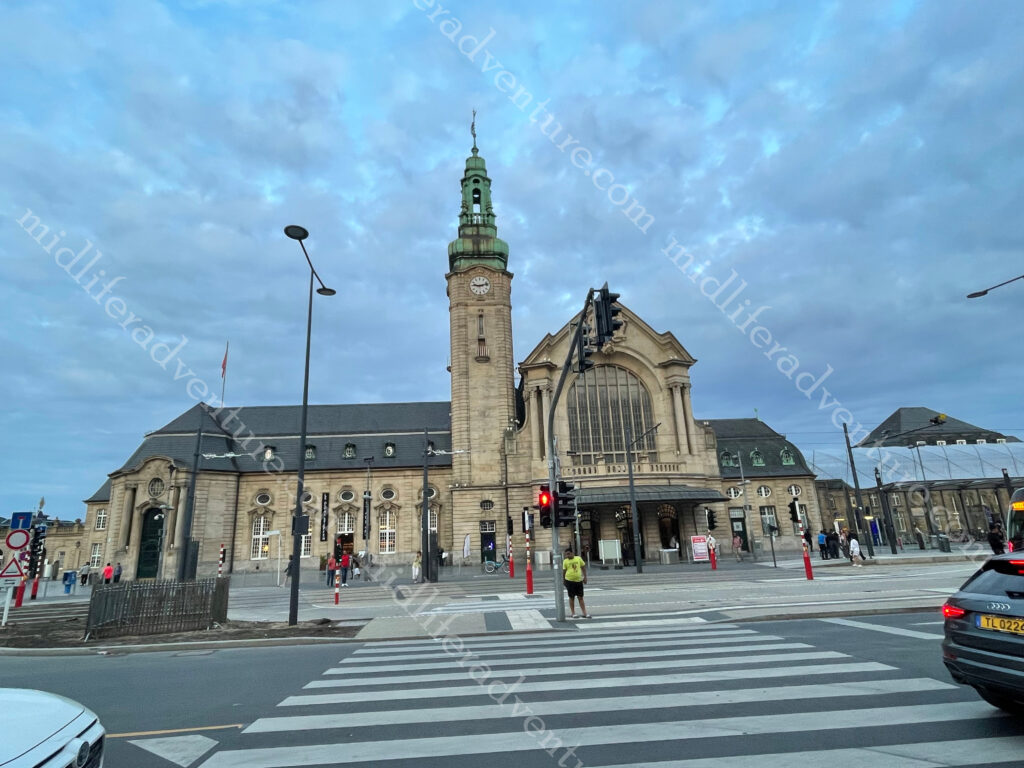
From our hotel (in the red light district near the train Station) we did the tourist walk towards the Old City to check out what Luxembourg had to offer.
The first thing that we aimed for was the Pont Adolphe Bridge. Originally built between 1900 and 1903 during the rule of Grand Duke Adolphe, the bridge had the biggest stone arch in the world at the time. The big double arch spans more than 85 metres across the Pétrusse valley at a height of 42 metres, and a total length of 153 metres.





Crossing the bridge you come to the Monument of Remembrance, officially known as Gëlle Fra. It is a war memorial dedicated to fallen Luxembourg soldiers.
At the top of the obelisk is a golden statue of the Greek goddess of victory, Nike. She is holding a wreath and looking down on a fallen soldier laying at the base of the pillar.
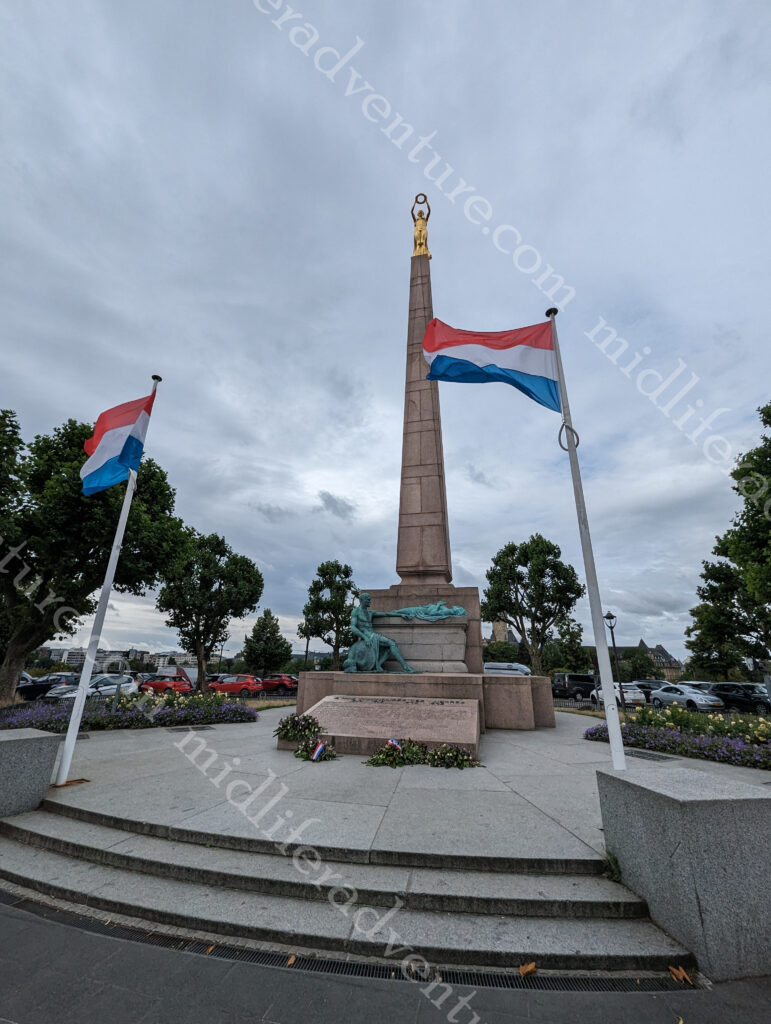
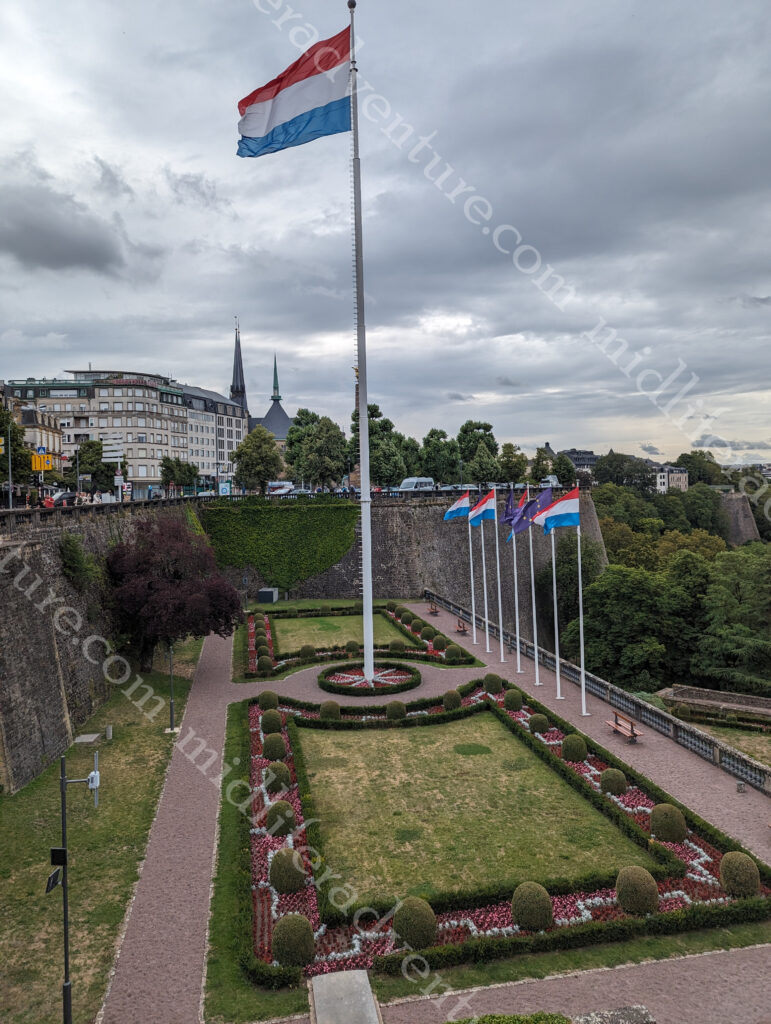
Constitution Square, or Place De La Constitution is next.
This is a lovely garden built on the site of a former bastion or fortress wall.
At the center of the square the Luxembourg flag waves, towering over the green space.
Across the road is the Notre Dame Cathedral. It took more than 300 years to construct and is free to enter. Looking nothing like the more famous Cathedral with the same name, this one has three towers, stained glass windows, intricately carved pillars, and a vaulted nave.






Place Guillaume and Place d’Armes are the two main squares in Luxembourg City.
Place Guillaume is home to the Luxembourg City Hall. A statue of the former Grand Duke William II riding a horse dominates the eastern half of the square.
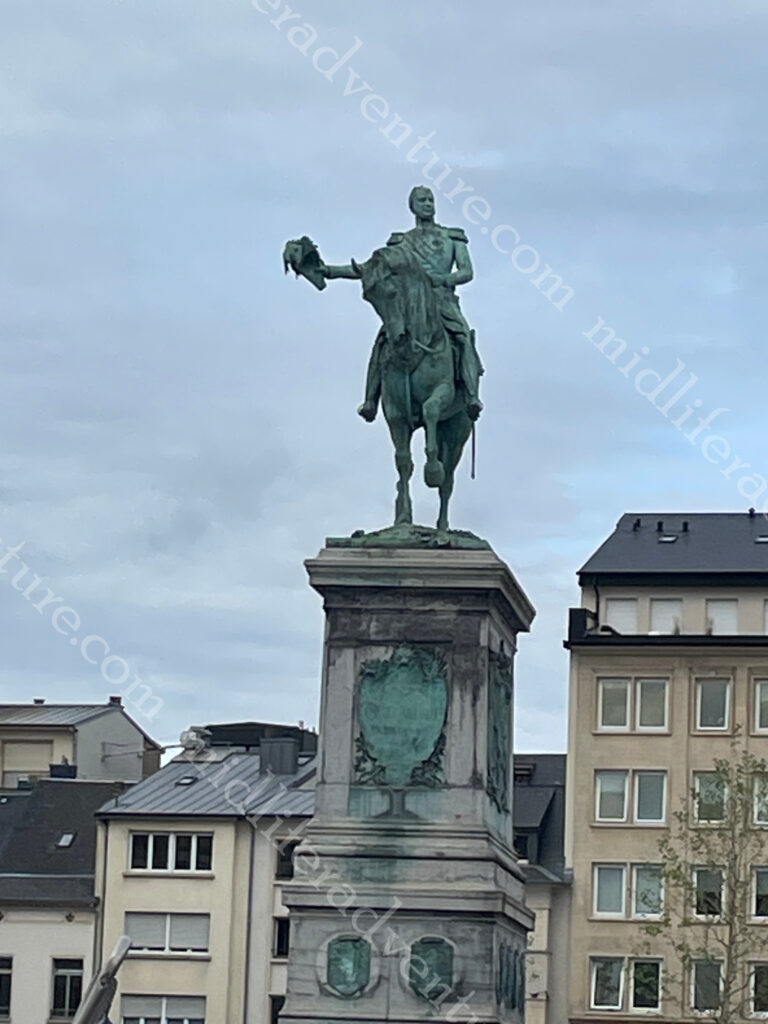
Place Guillaume and Place d’Armes are the two main squares in Luxembourg City. Place Guillaume is home to the Luxembourg City Hall. A statue of the former Grand Duke William II riding a horse dominates the eastern half of the square.
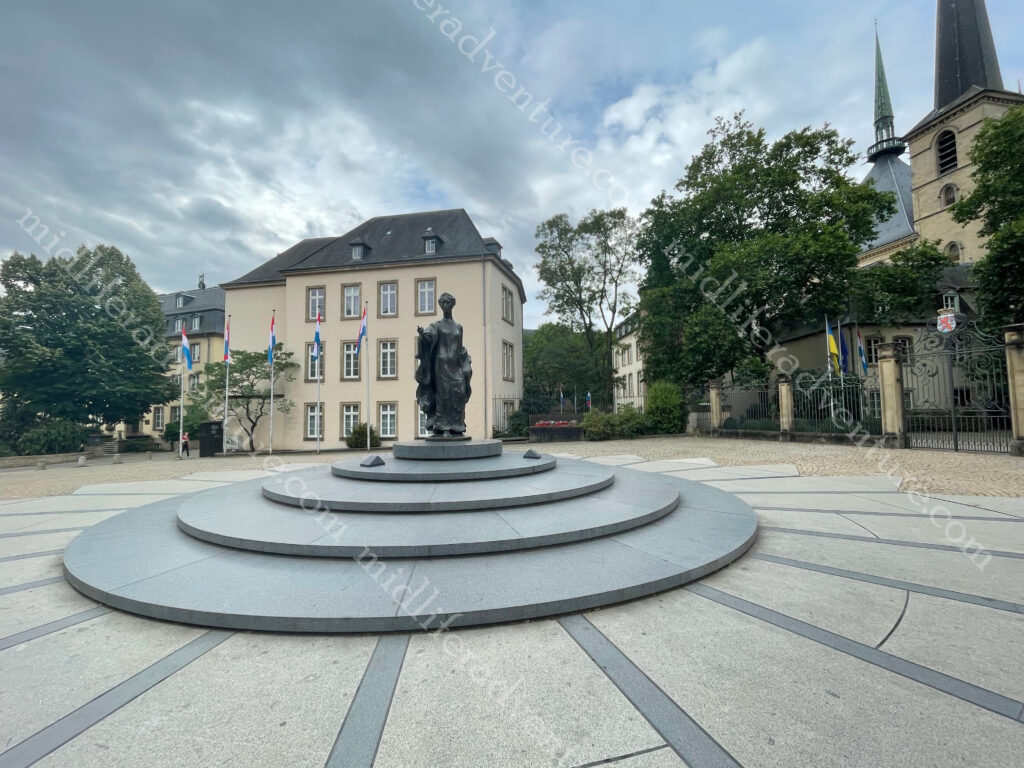
Place d’Armes is in the heart of the pedestrian zone of Luxembourg City. It is lined with cafes, restaurants, and shops. During the holidays, the square hosts a Christmas market and every other Saturday there is a flea market in this central square.
Grand Ducal Palace was originally Luxembourg City’s first town hall that was built in 1418.
It is the official residence of the grand ducal family.
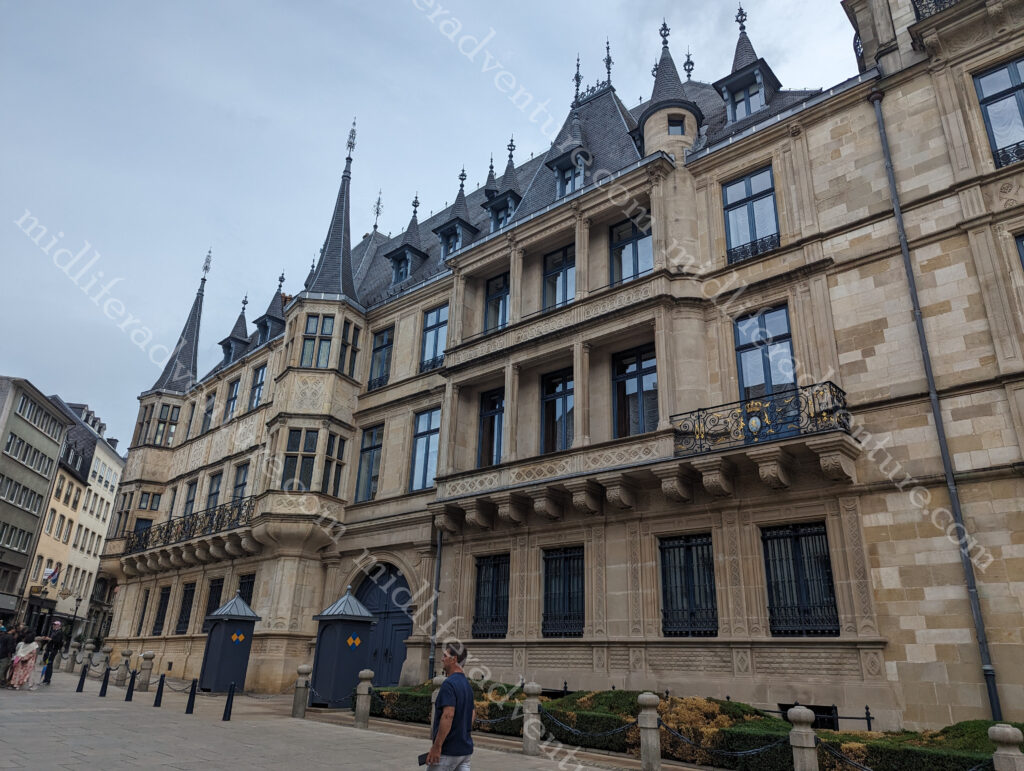
During the summer months, the Luxembourg City Tourist Office runs exclusive guided tours of the Palace. These 75-minute tours are booked out months in advance. They allow visitors to take a look behind the scenes, including the Grand Duke’s office, the dining room and the “Salon des Rois”.









The money raised from ticket sales is used to support a foundation that supports humanitarian and solidarity initiatives to assist vulnerable people and those in distress, both in the Grand Duchy and in developing countries.




Luxembourg is lovely, there is plenty to see and do but in real terms, you can do the lap within half a day, perhaps a little longer if you do the palace tour. I feel this may be the case for many of the smaller European countries. The train in and out is a breeze, and the free transportation around town makes this place a dream for a quick pop-in and look around.
Luxembourg food
Luxembourg is a very international country, as over the years people have moved here from all areas of the world. Their food is a mix of French, German, and Belgian cuisines, but other countries also feature strongly in restaurants across the country.
This actually blew us away, Luxembourg has delivered the best food that we have eaten all trip. Strangely enough we did not eat traditional but rather we had Syrian and Italian and both were exceptional. We did not eat in flash hotels or restaurants, we picked the local small joints (as we usually do) and were totally blown away with the quality, taste and service that was on offer.







Traditional Luxembourgish cuisine however is deeply rooted in local farming and seasonal produce that include meats, sausages, cheeses, potatoes, cabbage, and beans. Wine, honey, and mustard are also traditionally made throughout the country.
The traditional stuff is a bit more basic and includes things like:
- Bouneschlupp and Gromperenzopp (Green Bean and Potato Soup),
- Gromperekichelcher (Potato Pancakes),
- Bouchée à la Reine (vol-au-vent),
- Letzeburger Kniddlelen (Luxembourg Dumplings),
- Wäinzoossiss mat Moschterzooss (Sausage with Mustard and Wine Sauce)






Given that the local stuff was a bit stodgy, I had not planned to do a food section here. But the stuff we ate and the service that they gave was phenomenal. Having come out of North America where you are expected to pay a minimum of 18% extra for service as a tip, not one lot of service (that we paid for) came close to what we got here in Luxembourg as part of the experience.
There is real pride taken in both the service and the products that are brought to your table. In fact, even at our dodgy neighbourhood Italian joint, we were served with a porcini mushroom mousse as a free appetiser while we considered the menu. If there are any foodies reading along, put Luxembourg on your list.